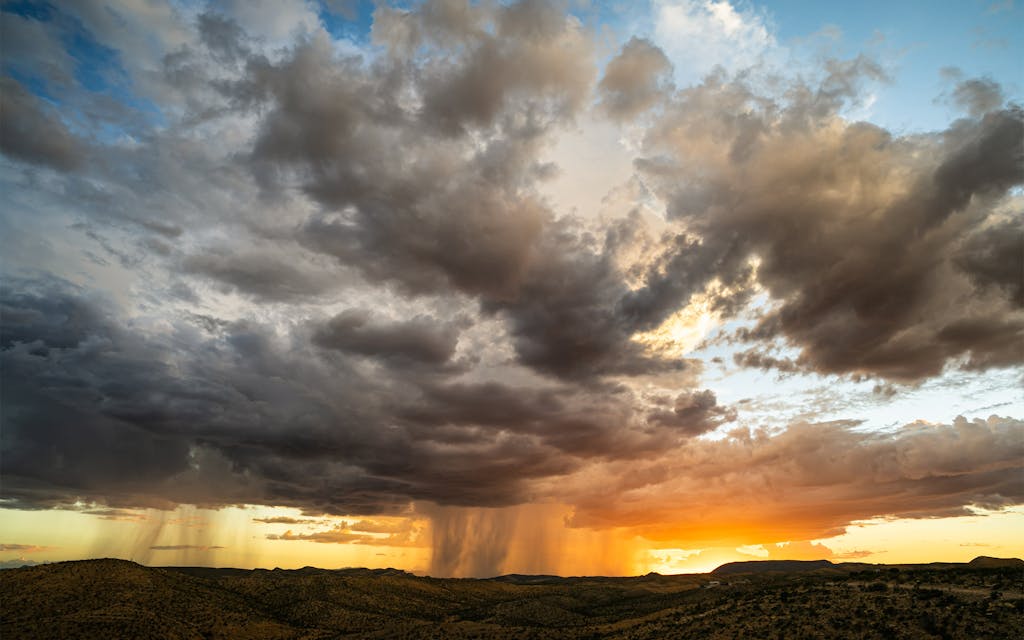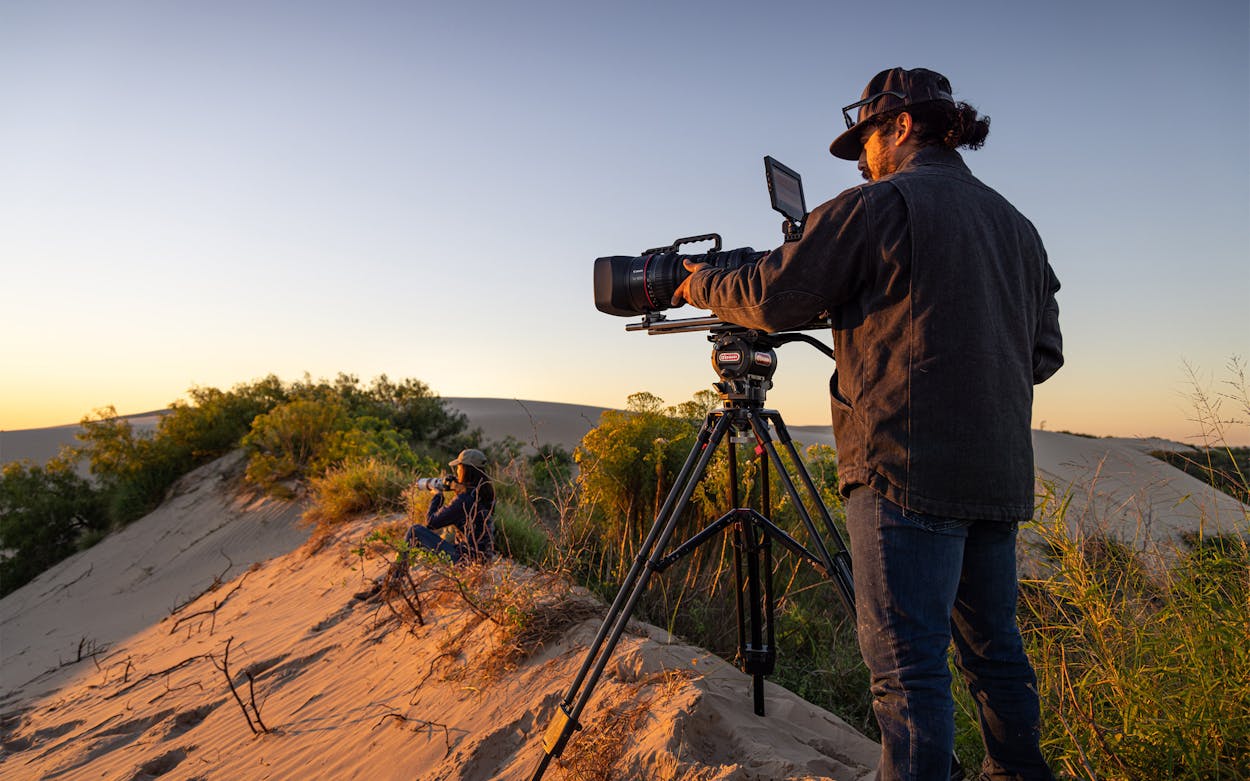I recently had the good fortune to spend a week driving around Texas, meandering through the Hill Country, up into the Panhandle, and down along the border to the RGV. I don’t do this kind of thing often—it takes a helluva lotta time and gas—but when I do, I’m always reminded that a good old-fashioned road trip is the best way to appreciate this state. No matter how cynical I may find myself within my Austin bubble, when I get out and can see all of Texas unfold before me—watching the craggy hills of the Balcones Escarpment flatten out into the lush plains around the Metroplex, or the dry expanse of the Llano Estacado sink into the pump jack–peppered oil fields of the Permian Basin—I am reminded of how much I love this state. It’s just so big, and so pretty.
But there’s a lot you can’t see from the road, such as our state’s fauna, as numerous and varied as the landscapes that make up its habitats. Even if you’re lucky enough to spot a bison or a white-tailed deer, it will be from a distance, or in a terrifying, momentary glimpse in front of your headlights. If only there were a way to get a view as sweeping and spacious as that from a car going 80 down Interstate 10, but with an intimate window into the real, uncorrupted day-to-day lives of Texas’s most noble residents.
Well, now there is. It’s a 98-minute nature documentary titled Deep in the Heart, best described as Planet Earth but for Texas. Directed by Amarillo native Ben Masters, whose 2019 documentary about the Texas border, The River and the Wall, was a critical darling, Deep in the Heart opens in theaters June 3. Like the classic BBC series, Deep in the Heart is a stunning visual journey through diverse landscapes and ecosystems, venturing from the scraggy Chisos Mountains to the lusciousness of our Gulf Coast bays. It’s all narrated by our state’s version of Sir David Attenborough: the University of Texas’s minister of culture, Matthew McConaughey. Shot on HD with cameras in the air, underwater, and hidden in the brush near an ocelot’s den, Deep in the Heart shows Texas in its best possible light. In this Texas, there is no traffic, there is no rising cost of living, and there is no Legislature. There is only nature.
The narrative follows a handful of native species, quietly viewing them in their natural habitats while McConaughey’s dulcet voice-over highlights the various conservation efforts that have kept such creatures as the bison, black bear, ocelot, and blind catfish from being wiped out. There are a plethora of cinematic delights, from the delicious sound that is McConaughey’s pronunciation of “Guadalupe bass” to the splendid time-lapse aerial videos over canyons and deserts. Viewers can watch thousands of bats flow like smoke out of Comal County’s Bracken Cave (the world’s largest bat colony) and see an ocelot cuddle with her kittens in South Texas. One particularly stunning fade transitions between one shot of a devastatingly dry riverbed during a drought to a view of that same river flooding over its banks.

Deep in the Heart doesn’t shy away from the darker realities of the natural world. We watch animals prey on one another, and they don’t all survive. But even a scene like the one in which a pair of king snakes stalk some baby bats, or the one when an ocelot kitten goes missing, feel like gifts. These are opportunities to witness a layer of our own habitat that is usually hidden from view. Haunting, but invaluable.
Early in his narration, McConaughey says that Deep in the Heart is “a story for all who love Texas.” And it is, but not the Texas that gets name-dropped during countless explainer articles about our state’s recent population boom. Real estate, barbecue, or the lack of an income tax have little relevance in this film. Bubbling under the surface are environmental concerns about draining aquifers and threatened wildlife populations, but this isn’t a film that confronts climate change head-on. But simply by showing Texas in its most flattering light, the movie does inspire the viewer to want to keep the state as beautiful and majestic as it appears on-screen. (If you want to know more about how to do such a thing, look up the organization Texan by Nature, which is the chief sponsor of the film.) This is the same expanse that has attracted settlers here for centuries, even millennia. Texas is bountiful but also withholding, violent, and sparse, and when confronted by this reality, it’s hard not to feel a deep sense of pride and love. It’s the same Texas I forget about if I don’t get back out on the road. And it’s a helluva lot cheaper and prettier to watch Deep in the Heart than to throw away gas money going 80 down I-10.








